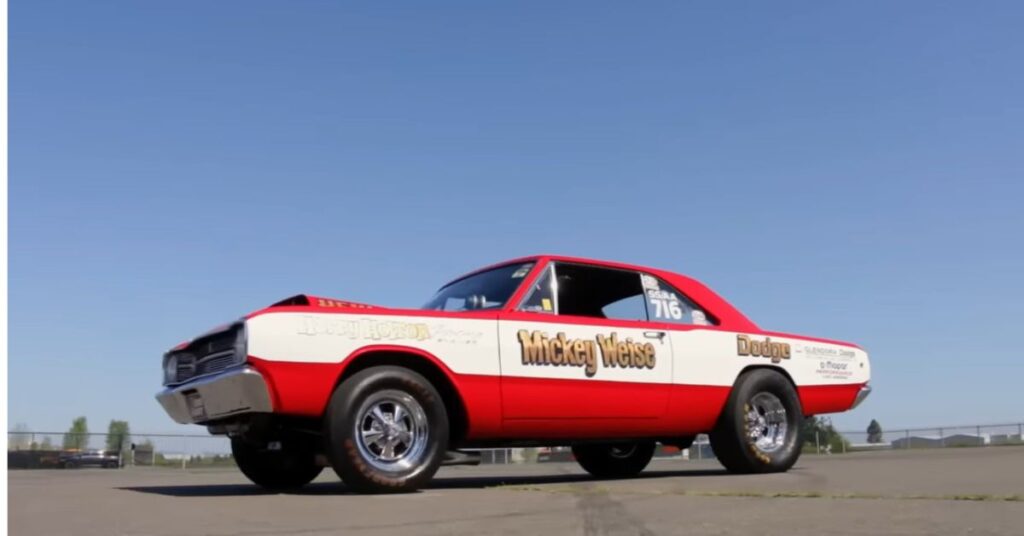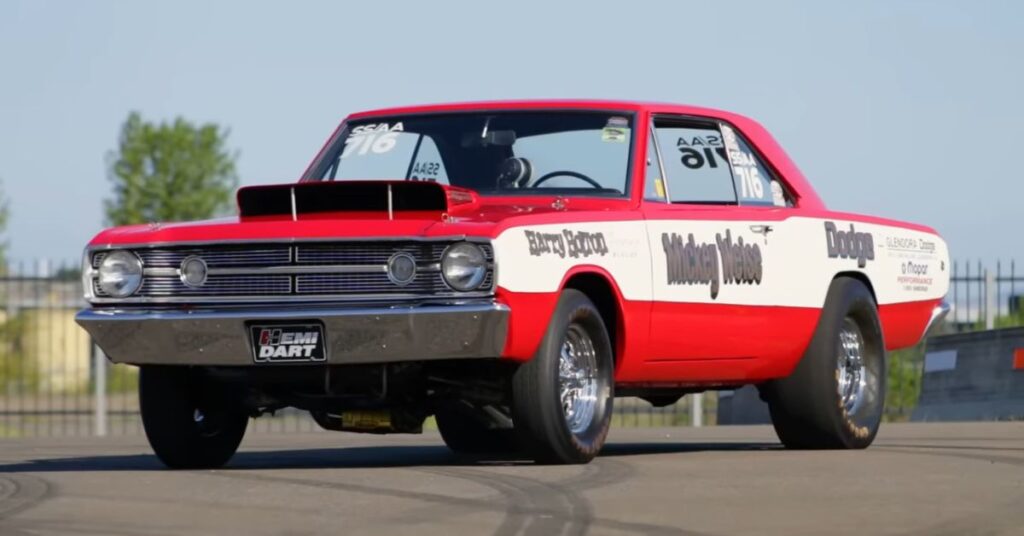If you’re a fan of classic American muscle cars, there’s one vehicle that stands out as an icon of its time: the 1968 Dodge Hemi Dart 426. This factory-built drag car, powered by a monstrous 426 Hemi engine, left a lasting impression on the drag racing scene and continues to captivate enthusiasts to this day. In this article, we’ll delve into the history and features of this legendary muscle car that has left an indelible mark on automotive history.
The Birth of the Dodge Hemi Dart
The story of the Dodge Hemi Dart begins at the Hamtramck, Michigan assembly line, where Dart GTS cars equipped with 383 engines were selected as the base models. These selected Darts were then sent to the Hurst Performance Research facility for the famous option code L023 conversion. The L023 conversion involved transforming the Darts into lightweight drag strip warriors.
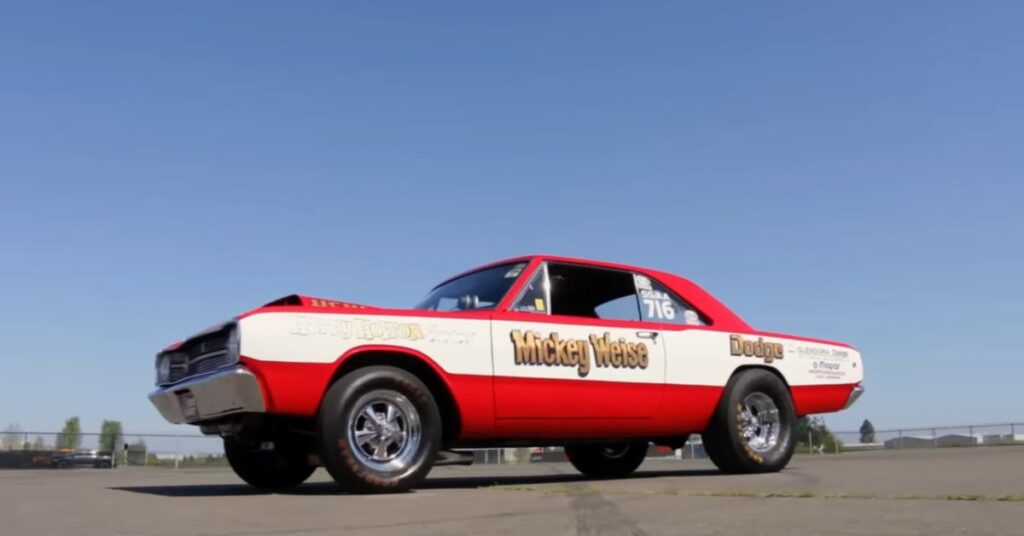
To shed excess weight, the Hemi Dart underwent an extensive weight reduction program. Fiberglass components, including the fenders and hood, were incorporated to replace their heavier steel counterparts. The doors and bumpers were treated with nitric acid, which significantly reduced their weight. Inside the car, the standard Dodge van seats were replaced with lightweight alternatives, and the interior was stripped of unnecessary features. The use of lexan panels instead of glass further contributed to the weight reduction.
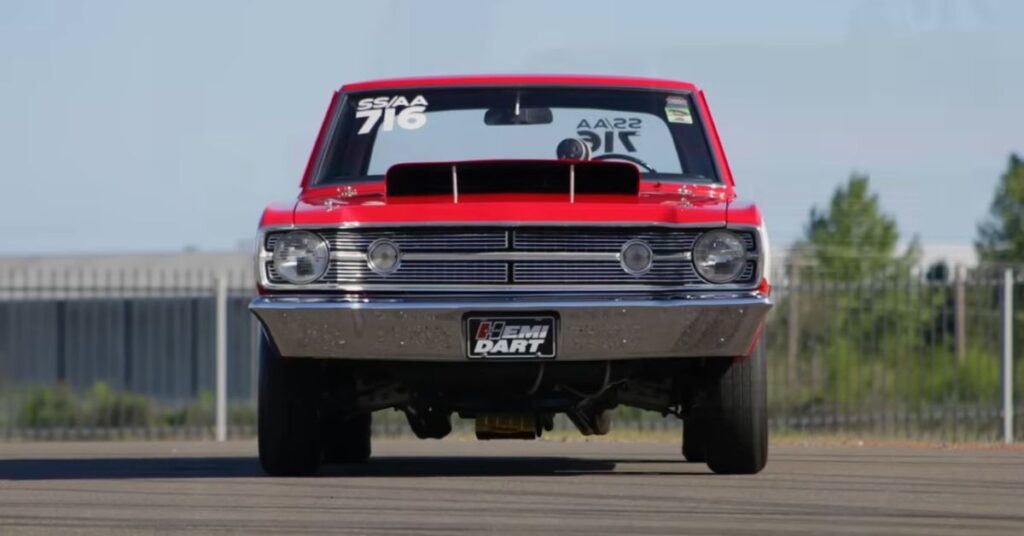
Powertrain and Performance
At the heart of the 1968 Dodge Hemi Dart was the formidable 426 Hemi V8 engine. This powerhouse boasted an impressive 12.5:1 compression ratio and a solid cam, resulting in mind-boggling levels of horsepower and torque. With its aluminum cross-ram intake manifold and dual four-barrel Holley carburetors, the engine received a generous and efficient supply of air and fuel, further enhancing its performance.
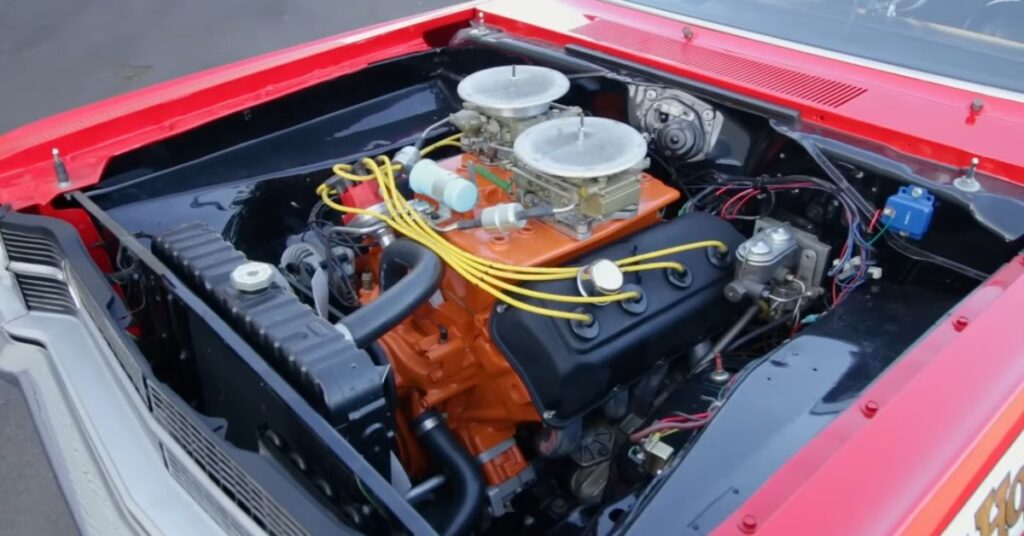
To harness the immense power of the Hemi engine, the Hemi Dart came equipped with a 727 TorqueFlite automatic transmission. This transmission was paired with a 2600 rpm stall converter, striking a balance between launch control and preventing over-revving. The result was a well-matched combination that allowed for consistent and impressive drag strip passes, ensuring the car lived up to its reputation as a force to be reckoned with.
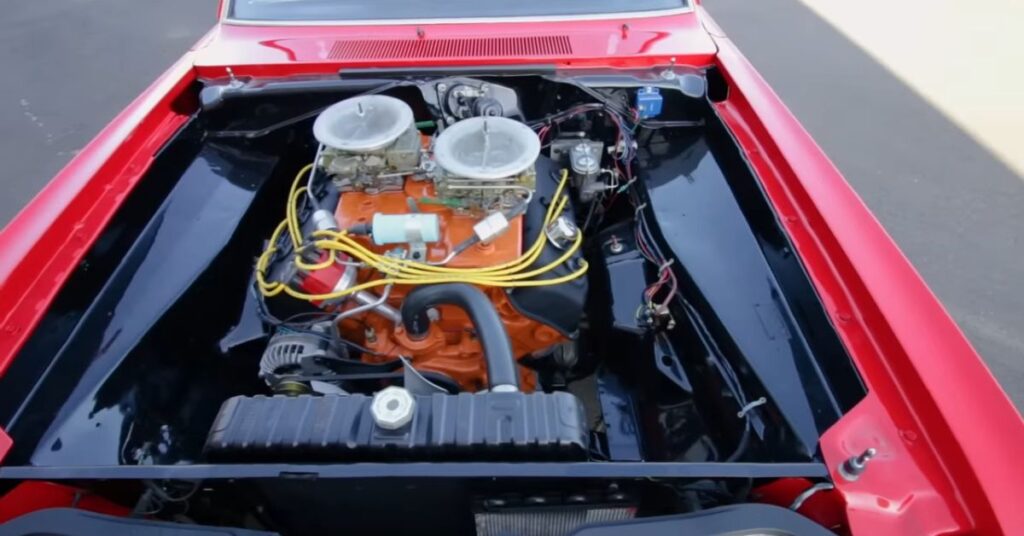
The 1968 Dodge Hemi Dart was a remarkable muscle car that embodied power and performance. Its heart-pounding 426 Hemi V8 engine, coupled with the reliable 727 TorqueFlite automatic transmission, made it a formidable presence on the road and the drag strip. With its exceptional power, well-tuned components, and attention to detail, the Hemi Dart offered a thrilling driving experience that captured the hearts of muscle car enthusiasts and solidified its place in automotive history.
The Unique Exterior
The exterior of the 1968 Dodge Hemi Dart was a testament to its aggressive and distinctive nature. One notable feature was the bold and muscular body design, with its wide stance and aerodynamic lines. The Dart’s compact size gave it a nimble appearance, while the pronounced fender bulges and sculpted hood added an extra touch of visual intensity. The iconic “Dart” and “426 Hemi” badges proudly displayed on the exterior left no doubt about the car’s performance capabilities.
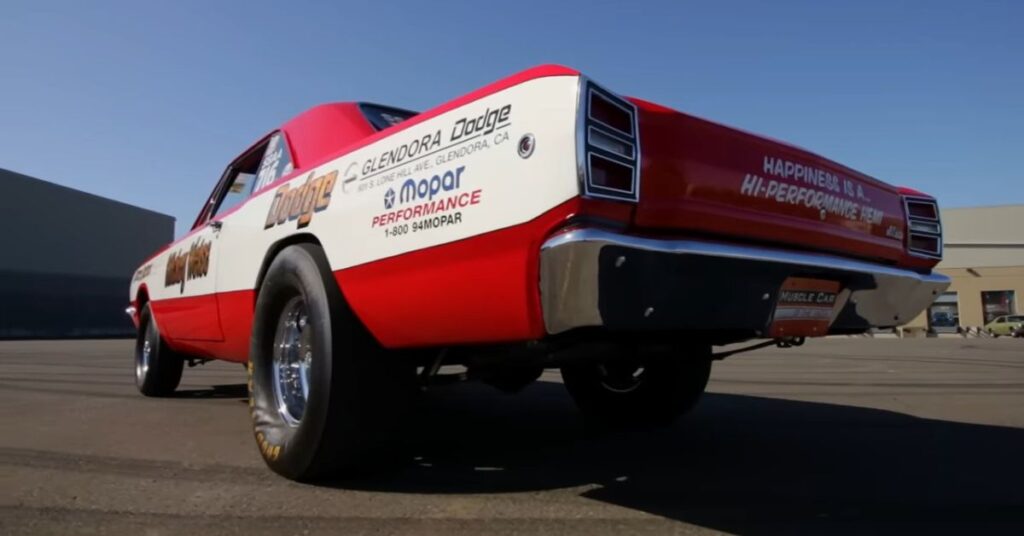
A standout feature of the Hemi Dart was its lightweight construction, achieved through various modifications. Dodge engineers utilized lightweight materials such as fiberglass for the hood and fenders, reducing weight and improving overall performance. The lightweight components, combined with the car’s purposeful design, enhanced aerodynamics and contributed to its impressive speed and acceleration. These thoughtful exterior modifications were a testament to Dodge’s commitment to creating a purpose-built muscle car.
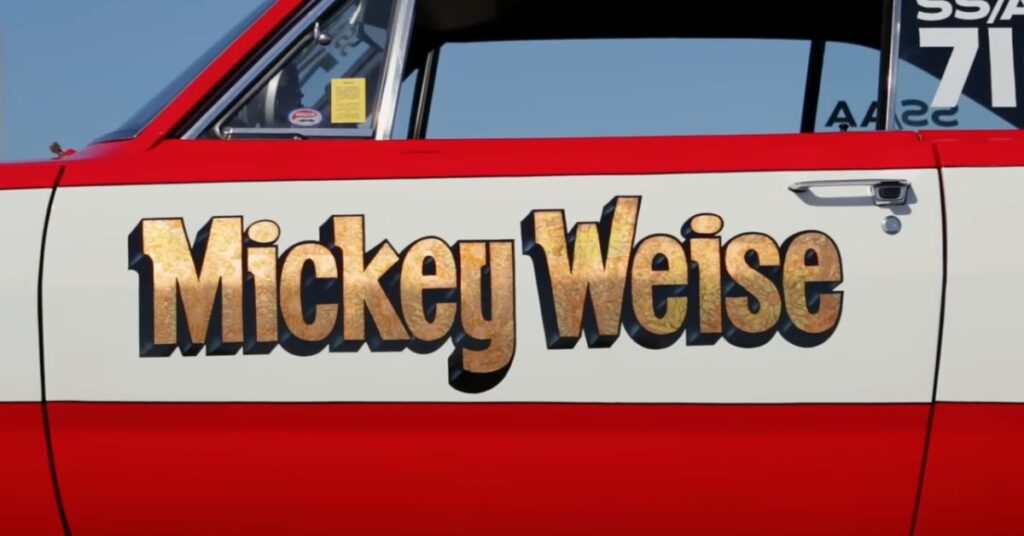
To complement its aggressive appearance, the 1968 Dodge Hemi Dart featured a range of eye-catching exterior finishes and color options. From vibrant and attention-grabbing hues like “Bright Red” and “Ivy Green Metallic” to classic shades like “Light Blue” and “Polar White,” owners could choose a color that suited their personal style. These striking exterior color choices, combined with the car’s muscular design and distinctive features, ensured that the Hemi Dart stood out from the crowd and turned heads wherever it went.
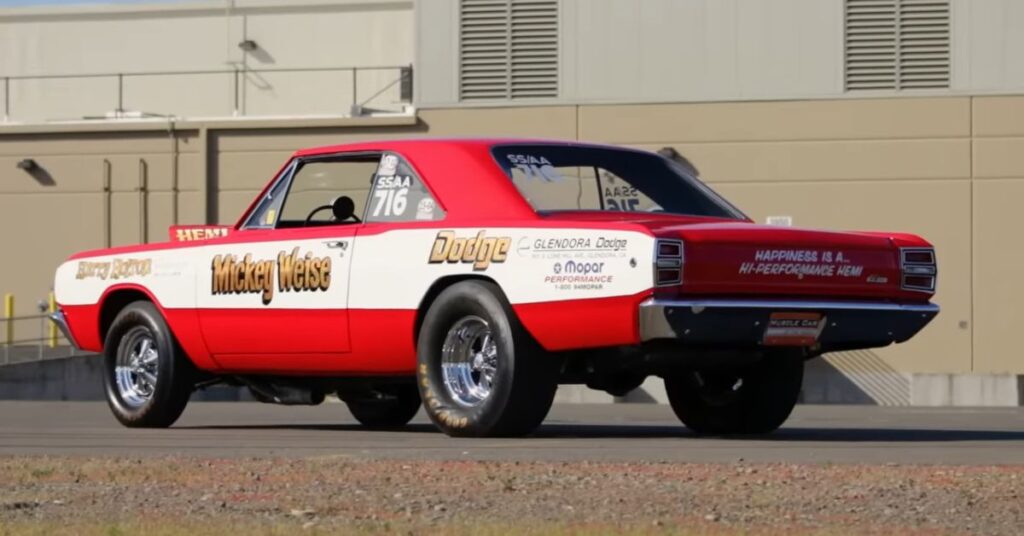
Strength and Stability: The Robust Undercarriage
Beneath the 1968 Dodge Hemi Dart’s muscular exterior lay a robust and performance-oriented undercarriage. One of the key features was the heavy-duty suspension system, designed to handle the immense power of the Hemi engine. With upgraded springs, shocks, and sway bars, the Hemi Dart delivered exceptional stability and control, allowing drivers to confidently navigate corners and tackle straight-line speed.
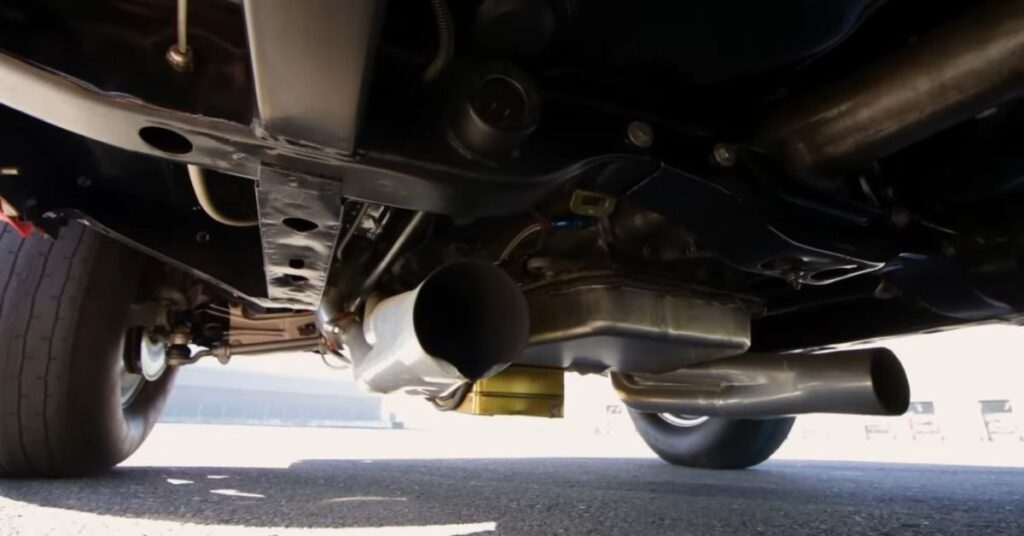
The Hemi Dart boasted a reinforced chassis and frame, providing the necessary strength to harness the car’s tremendous power. Engineers focused on reinforcing critical areas, such as the front subframe and rear axle connections, to enhance overall rigidity and minimize flex during acceleration and cornering. This reinforced undercarriage contributed to a more controlled and planted driving experience, making the Hemi Dart a force to be reckoned with on both the street and the strip.
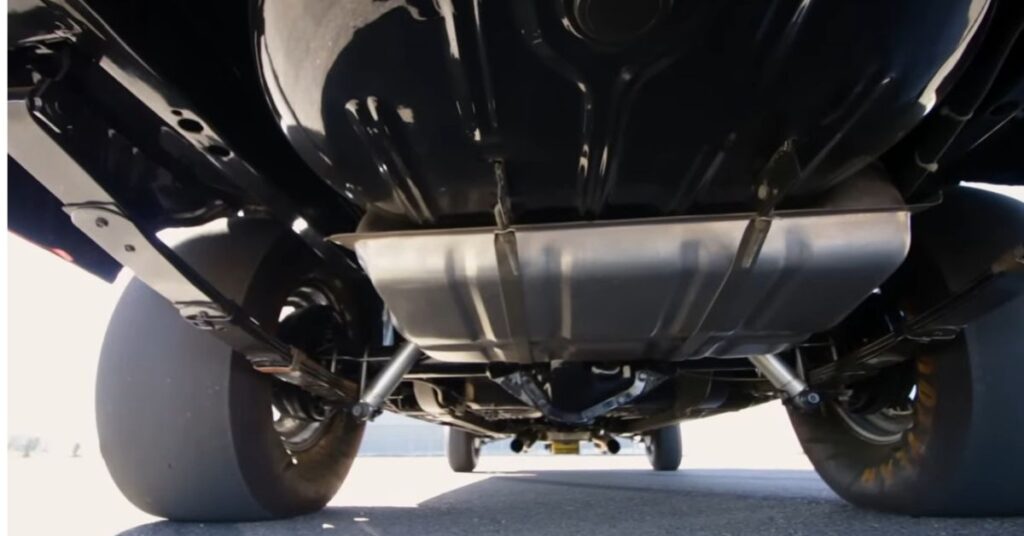
To ensure optimal traction and performance, the Hemi Dart featured a high-performance rear differential. This limited-slip differential distributed power evenly to both rear wheels, maximizing traction and minimizing wheel spin. This enhanced traction was particularly crucial during hard launches, allowing the Hemi Dart to put its power to the ground efficiently and accelerate with authority.
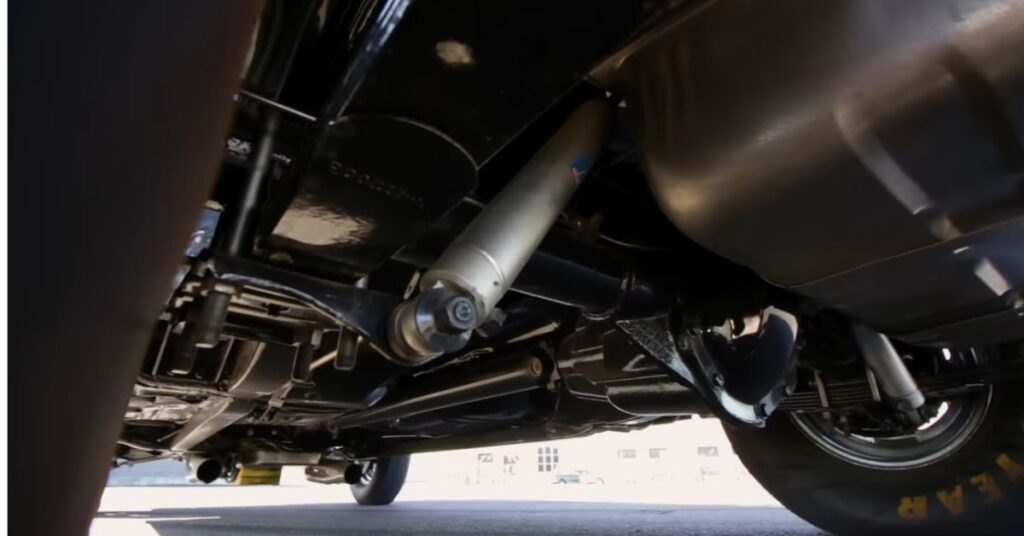
The undercarriage of the 1968 Dodge Hemi Dart also included high-performance braking components. Large diameter disc brakes were fitted at the front, providing excellent stopping power to match the car’s impressive acceleration. These high-performance brakes, coupled with the Hemi Dart’s robust suspension and reinforced chassis, offered drivers confidence and control when it came to bringing this powerful muscle car to a halt.
Restorations and Legacy
Mickey Weiss, a young drag racer, played a significant role inpropelling the Dodge Hemi Dart to success on the drag strip. Starting with a big-block Camaro, Mickey was drawn to the power and performance of the 426 Hemi cars. He made the switch to Dodge and initially raced a ’65 A990 before taking over his partner’s ’68 Hemi Dart. Mickey’s skill and the Hemi Dart’s capabilities led to impressive results on the track.
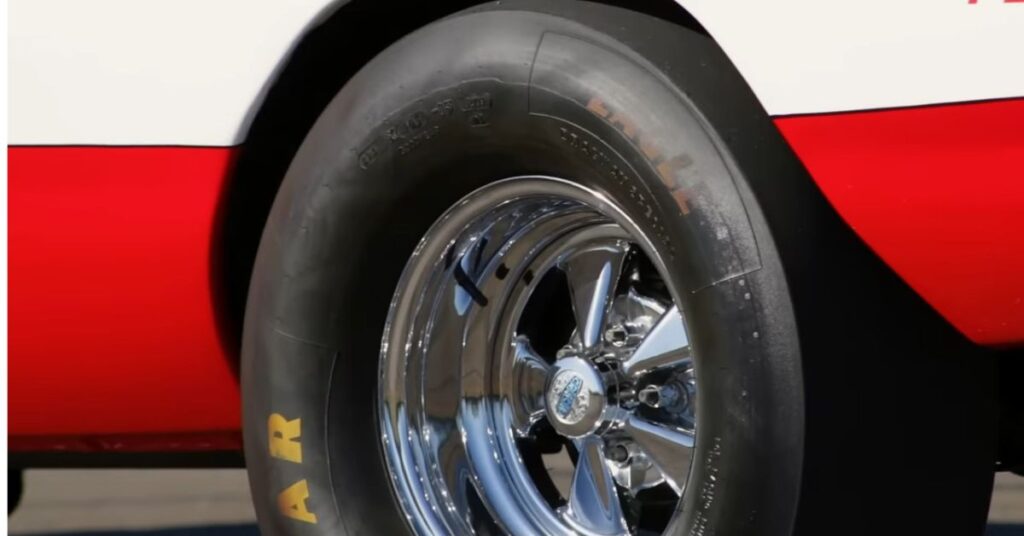
Over the years, many Hemi Darts have undergone restorations to preserve their historical significance and performance. The car featured in this article, originally campaigned by Mickey Weiss, eventually found its way to the NHRA Museum in Pomona, California. The Hemi Dart’s legacy is not only seen in its racing accomplishments but also in its cultural impact. Its popularity has led to the creation of collectible items, including a Hot Wheels car inspired by the iconic muscle car.
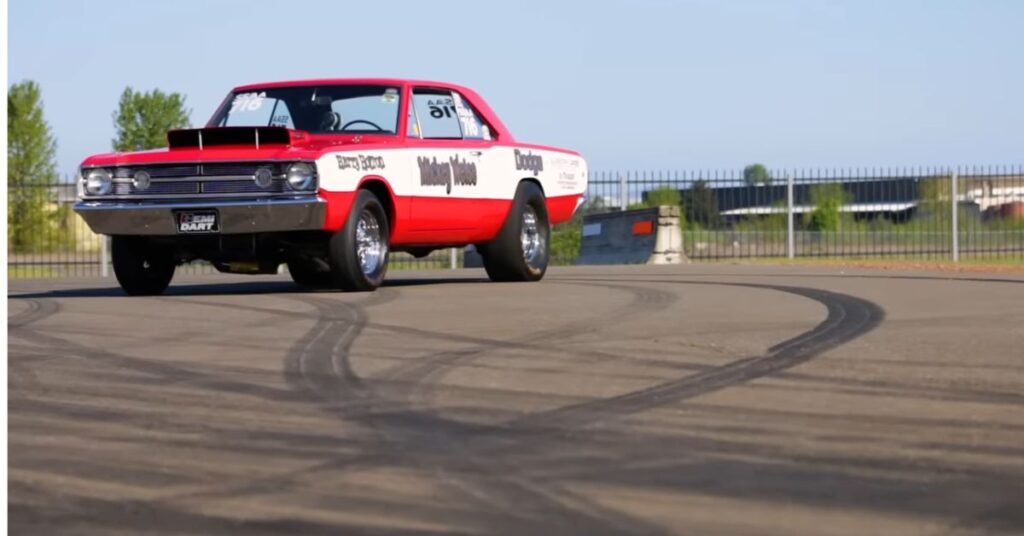
Conclusion
The 1968 Dodge Hemi Dart 426 remains a legendary muscle car, celebrated for its dominance on the drag strip and its impact on automotive history. With its lightweight design, powerful Hemi engine, and stripped-down features, it embodies the essence of American muscle and drag racing heritage. Today, the Hemi Dart continues to be admired by enthusiasts and serves as a reminder of an era when raw power and speed ruled the roads.
